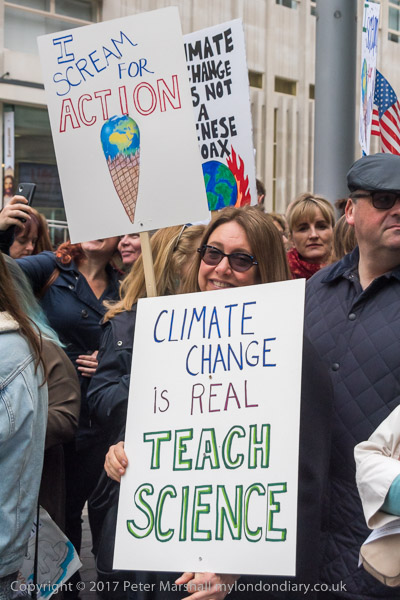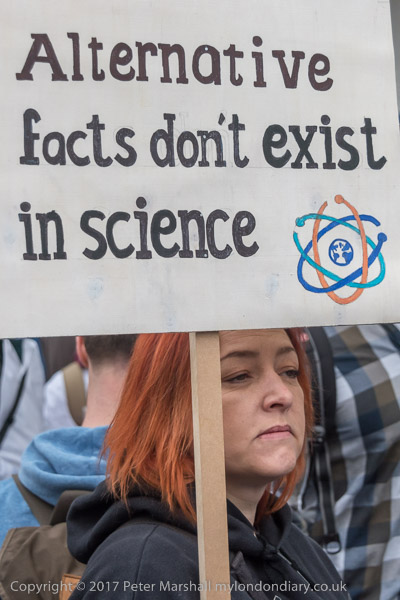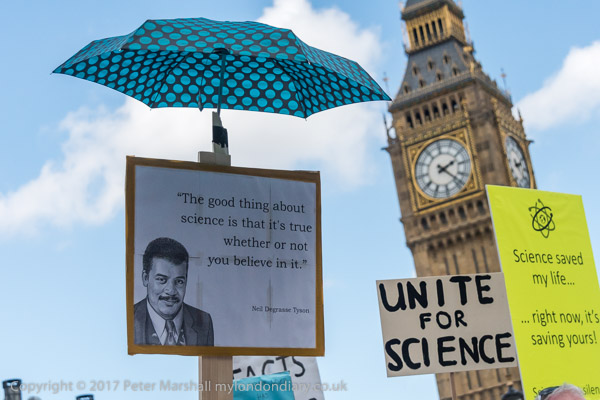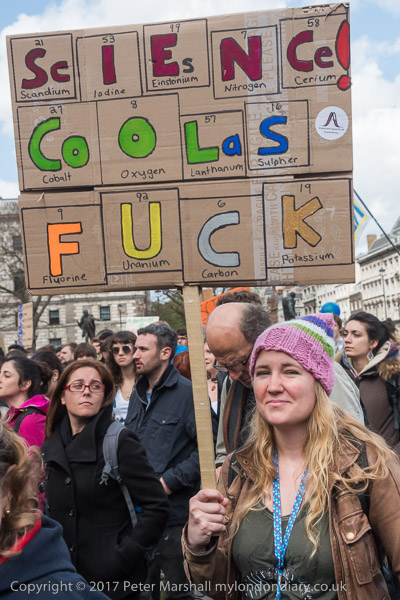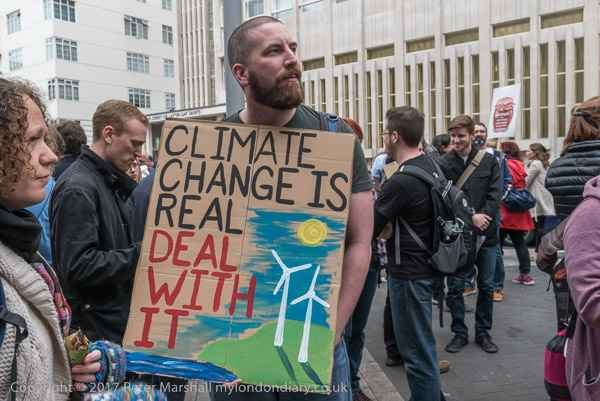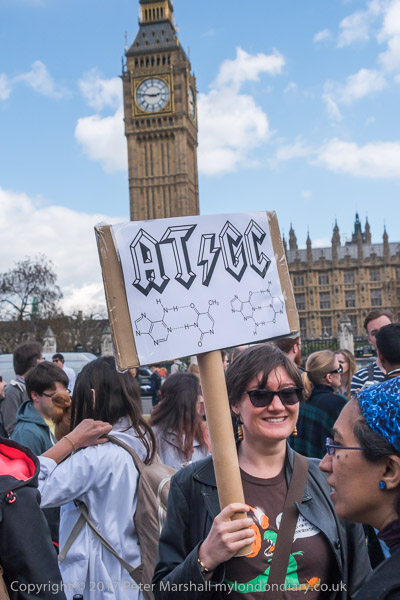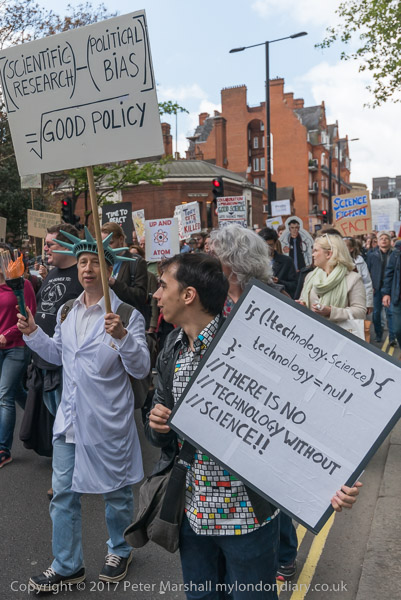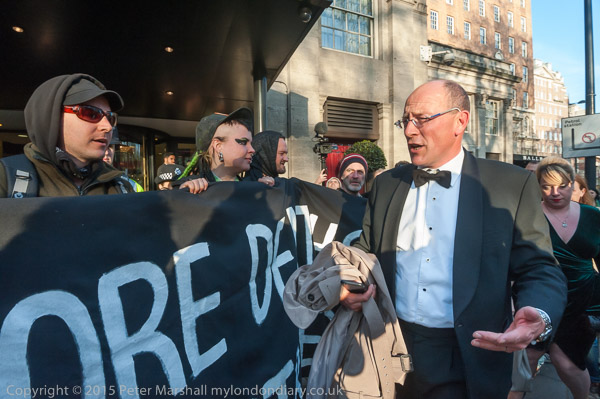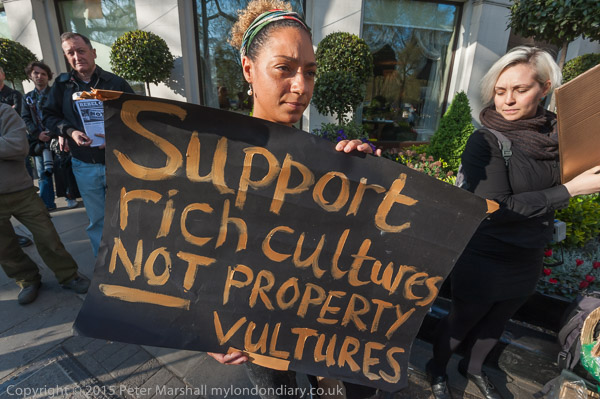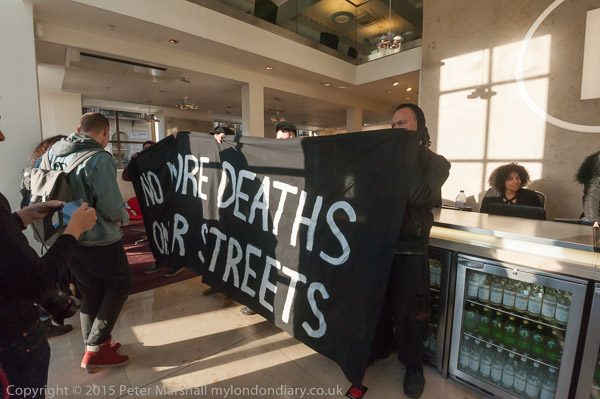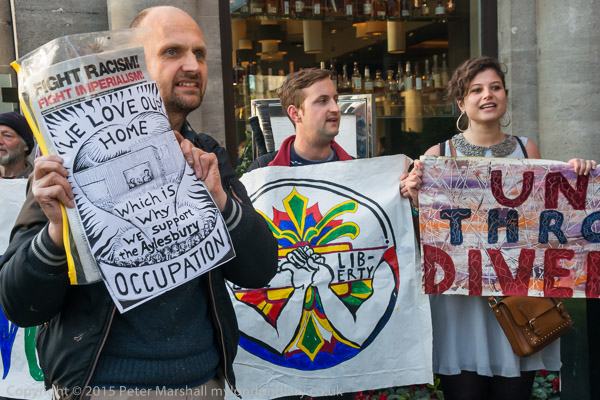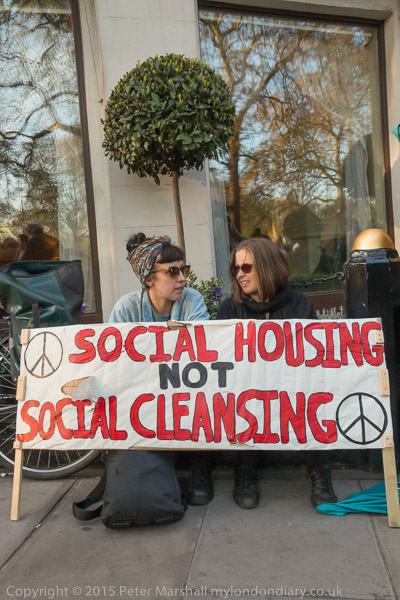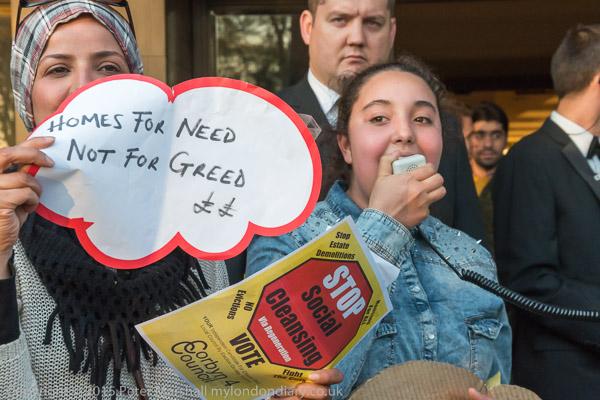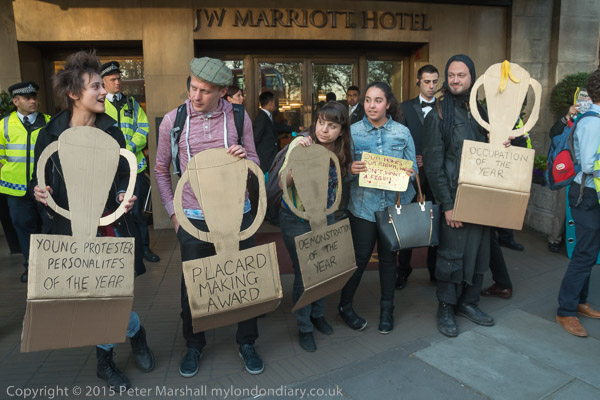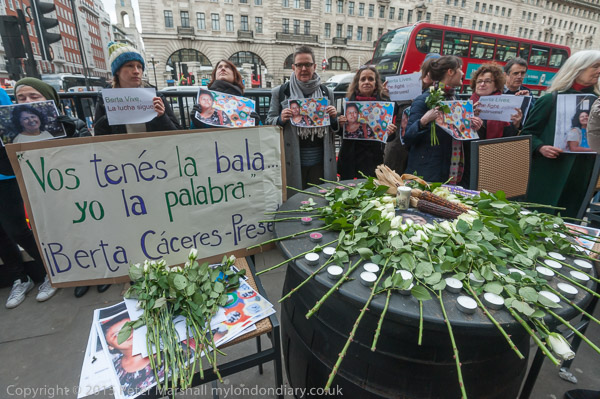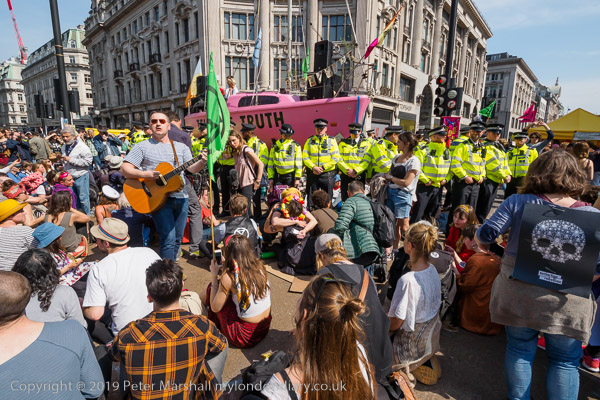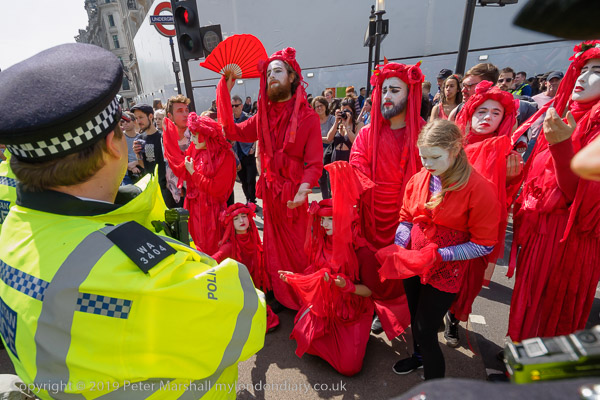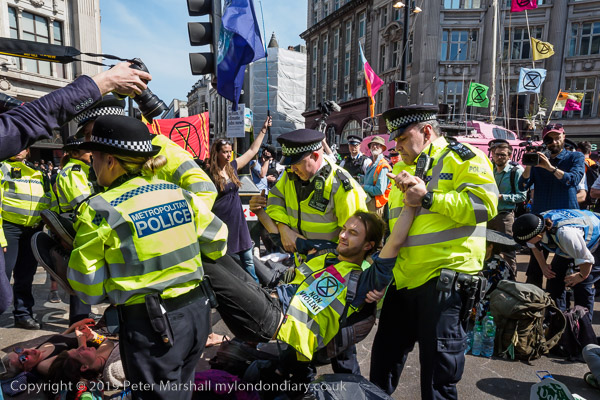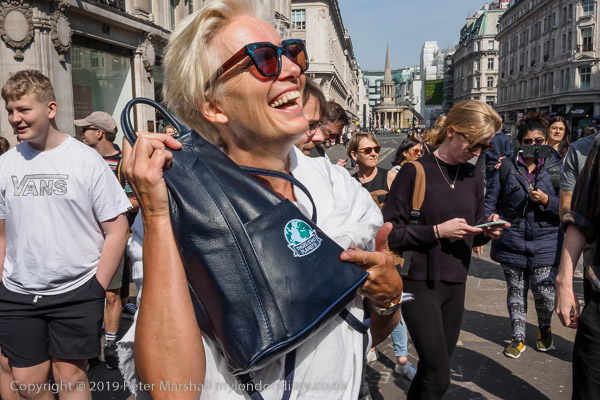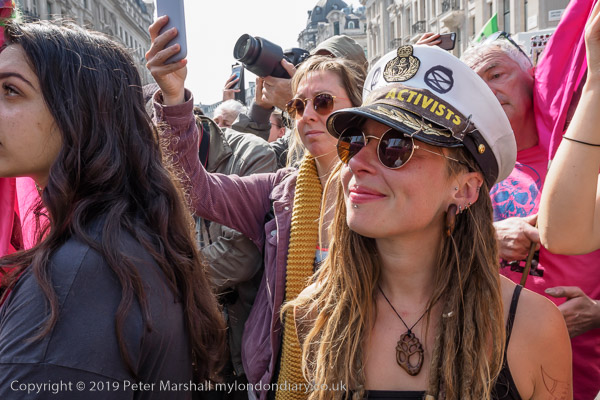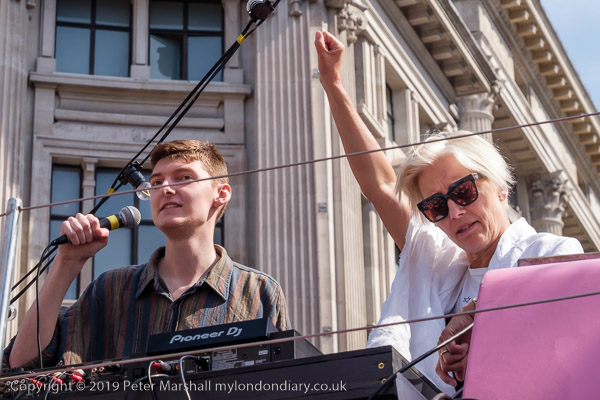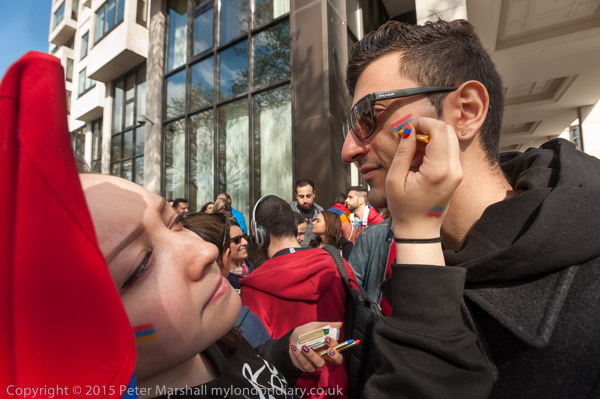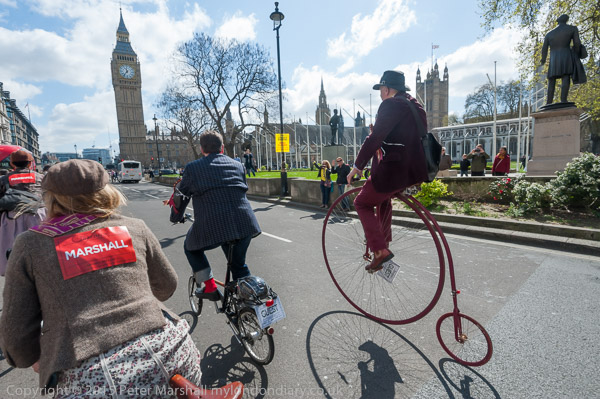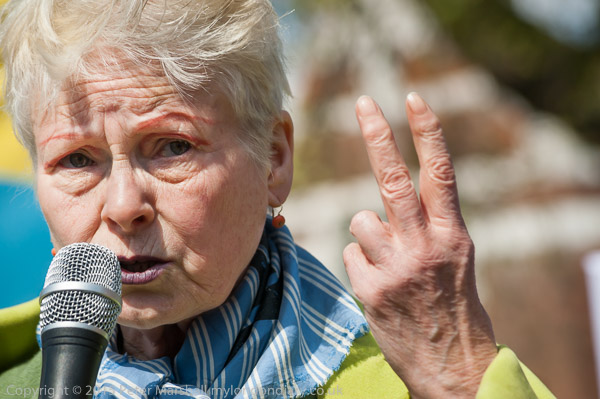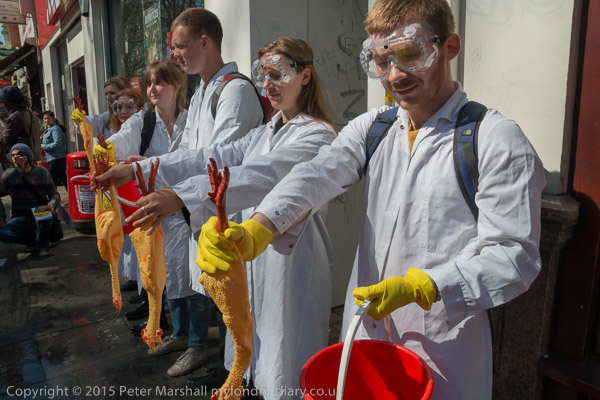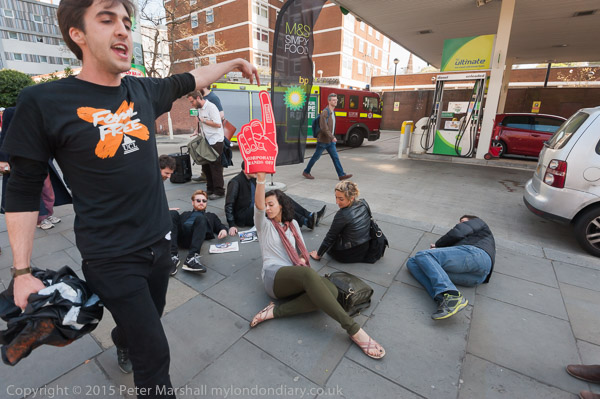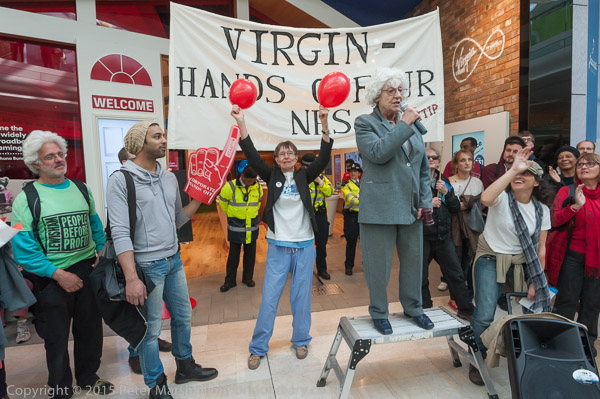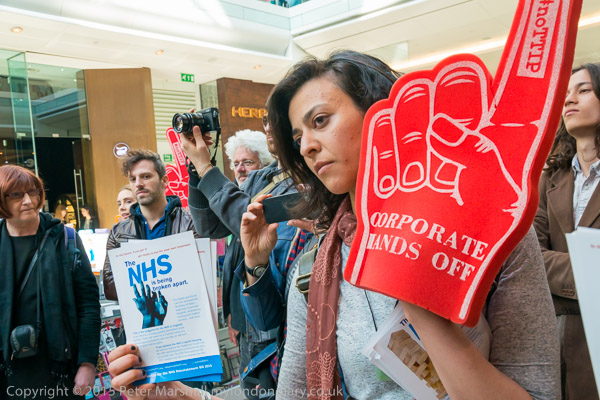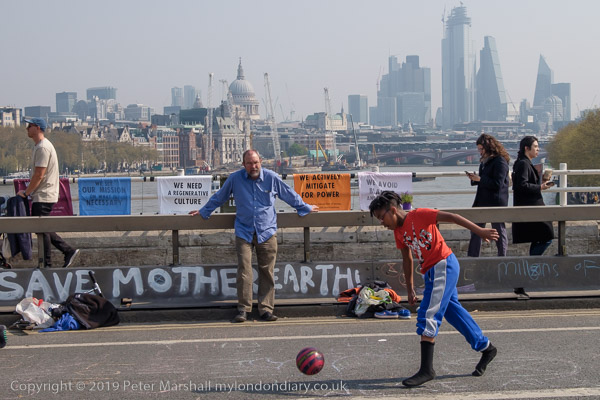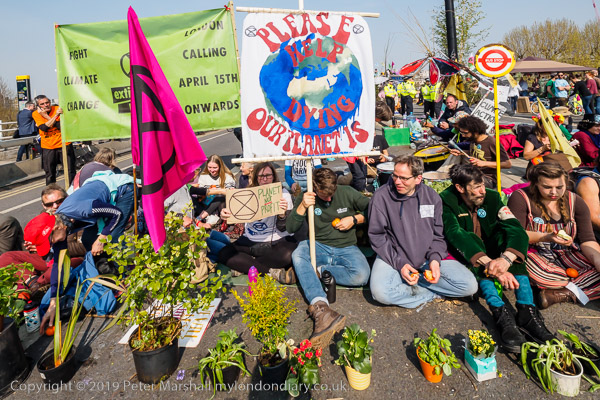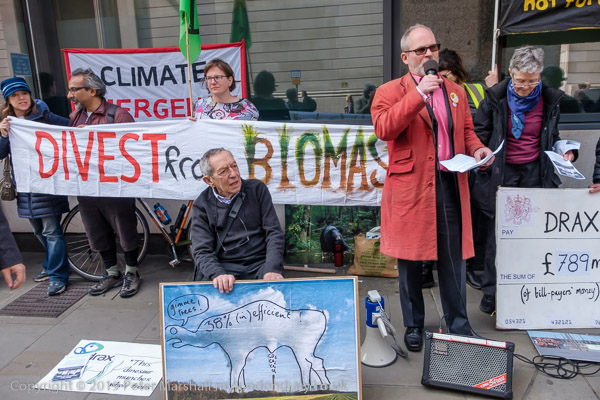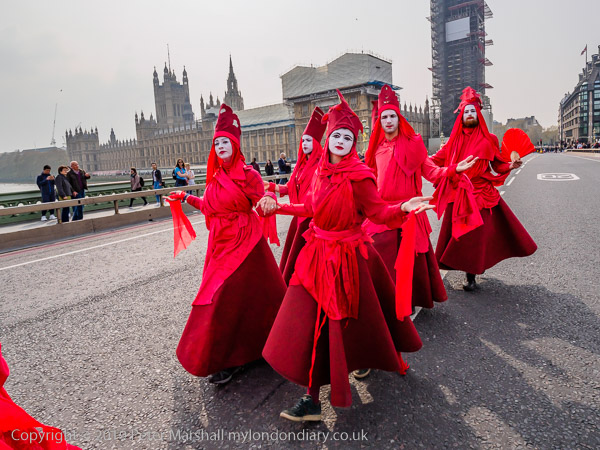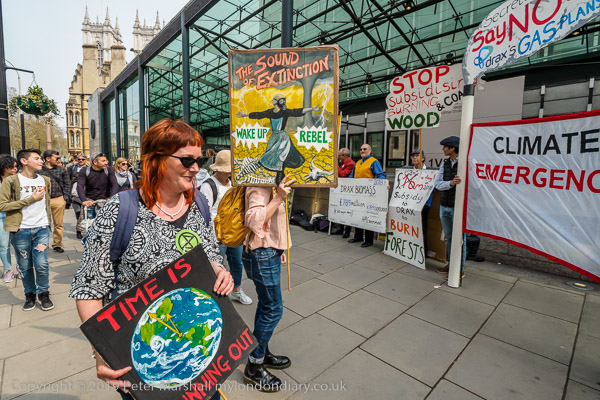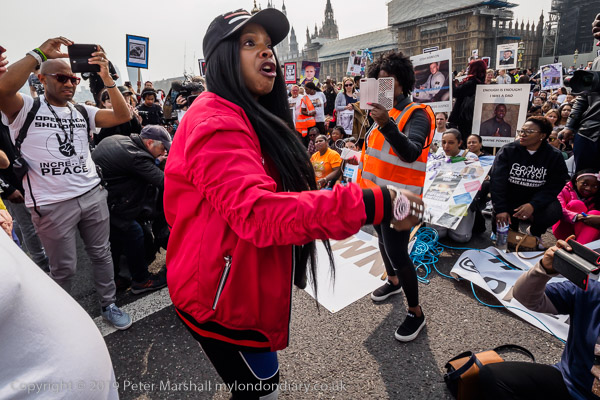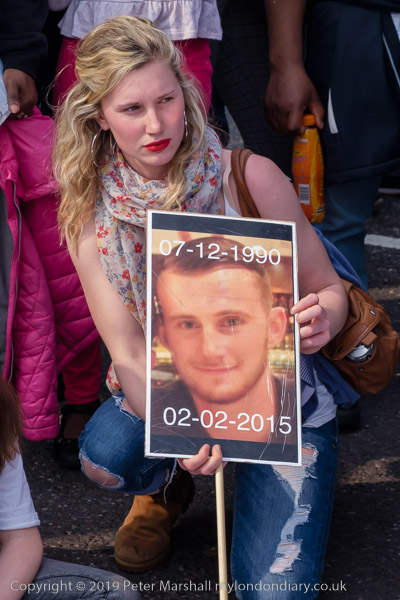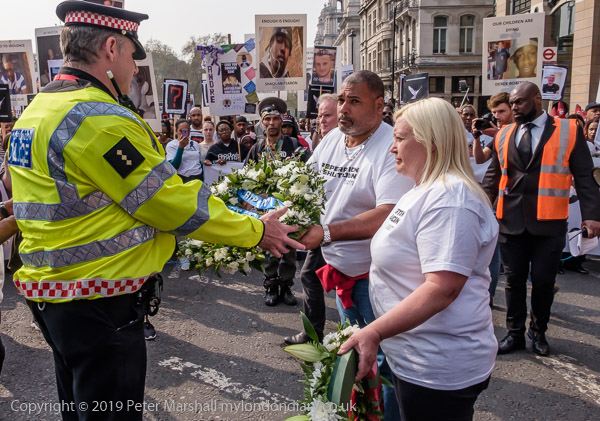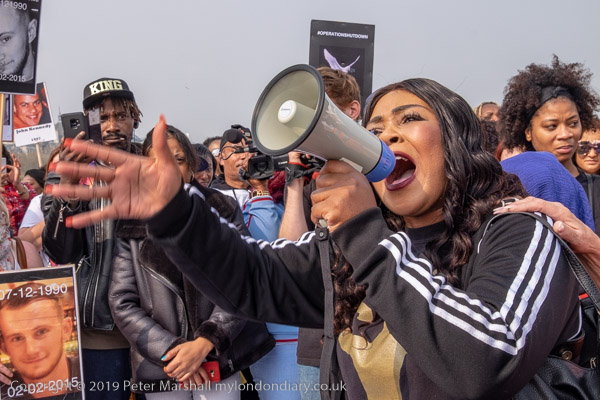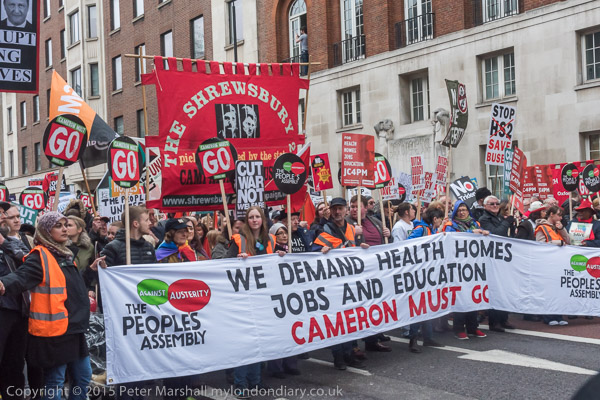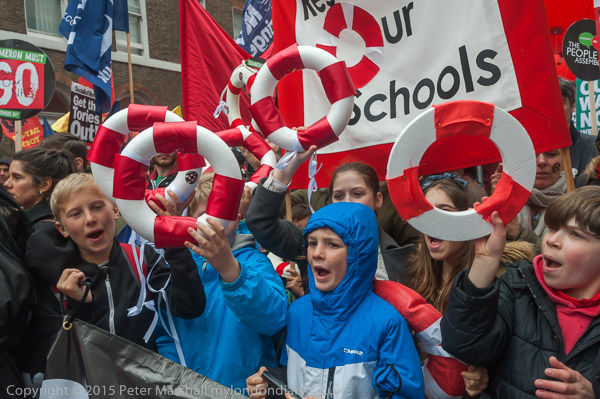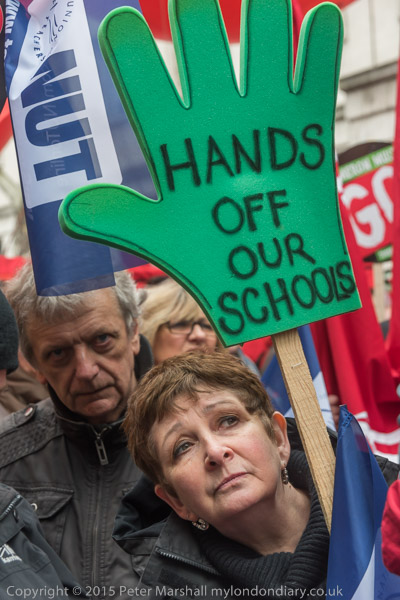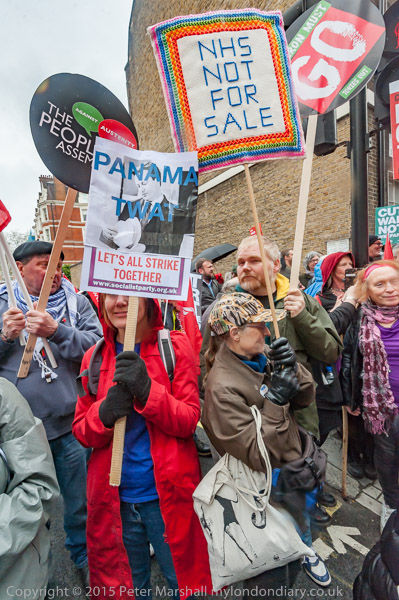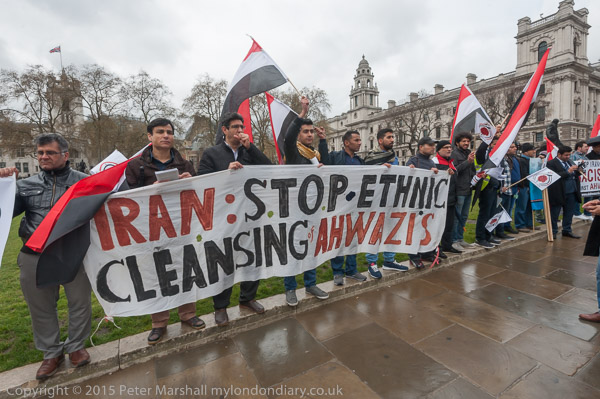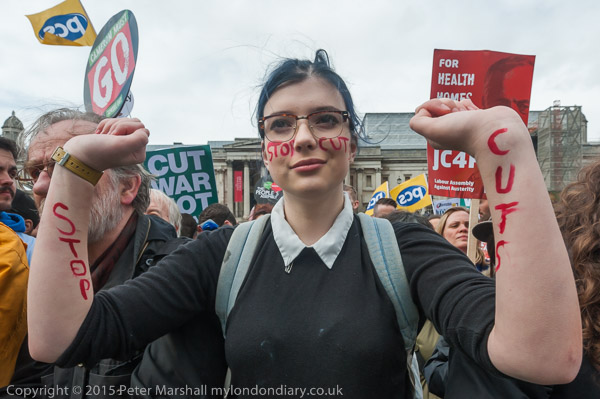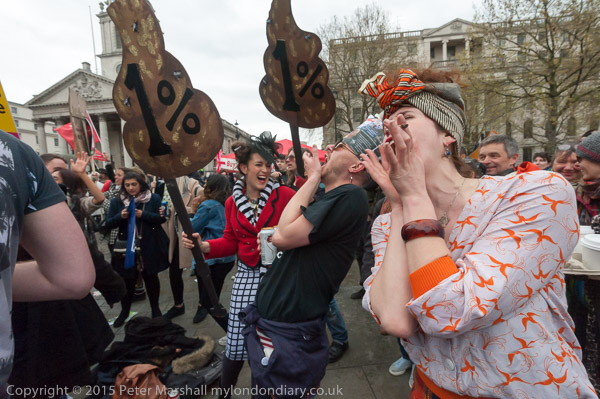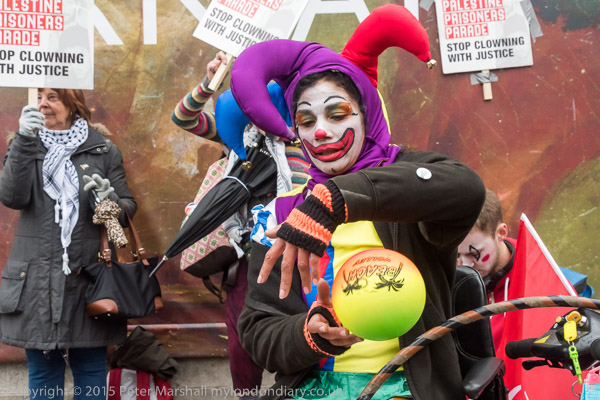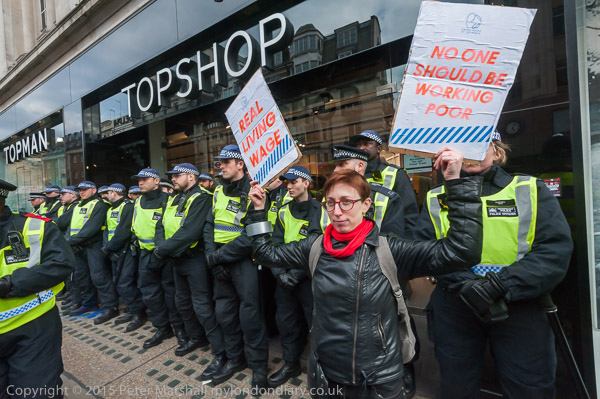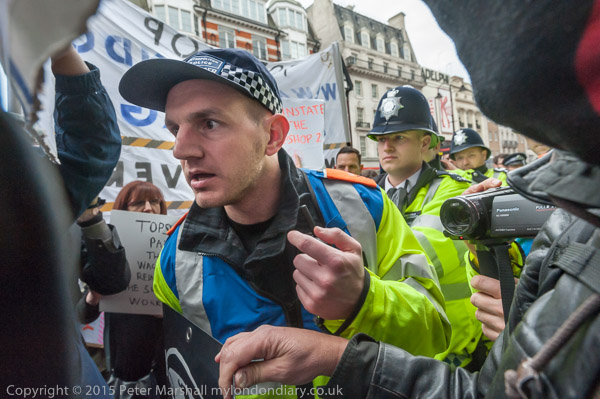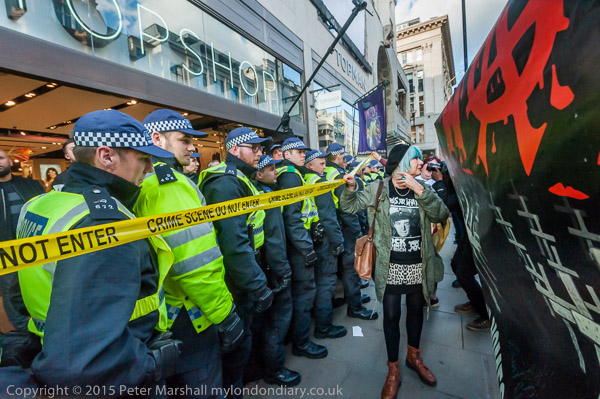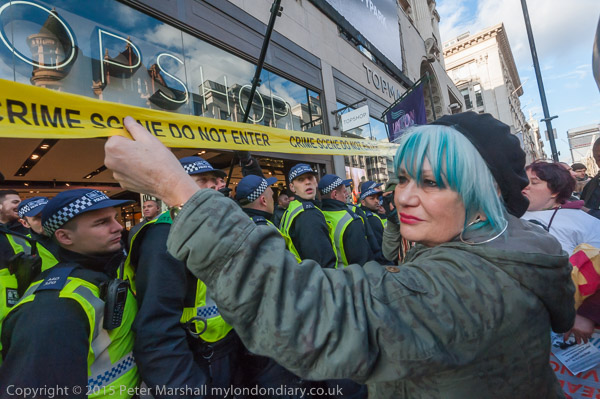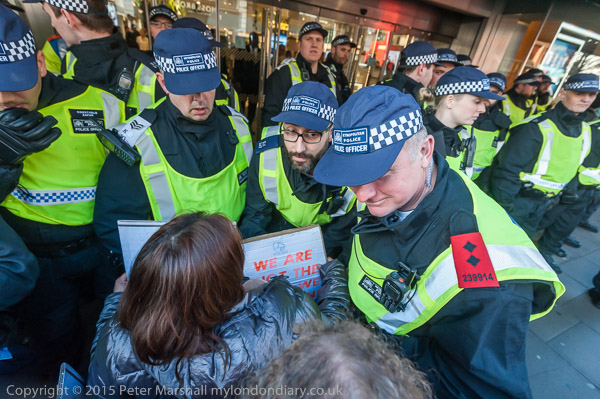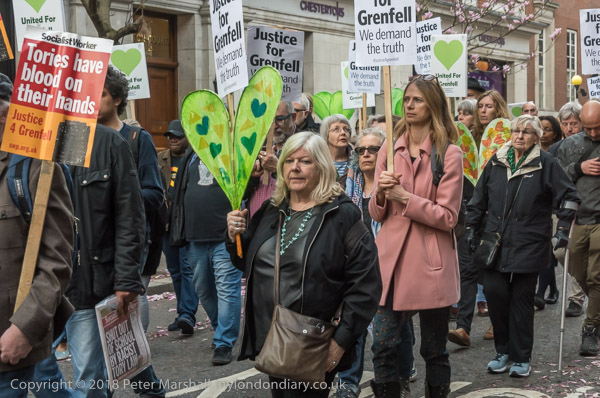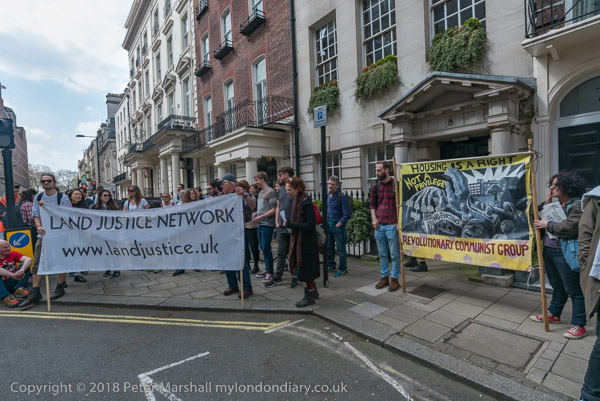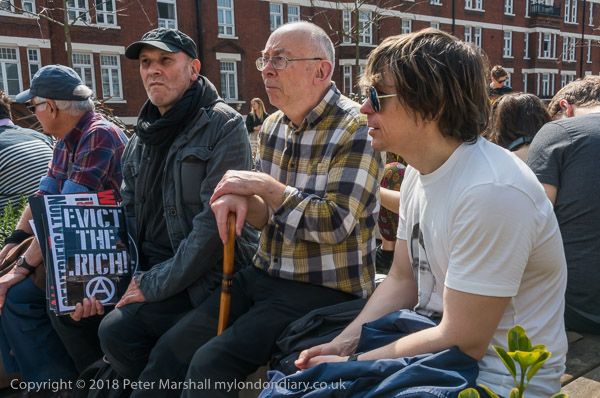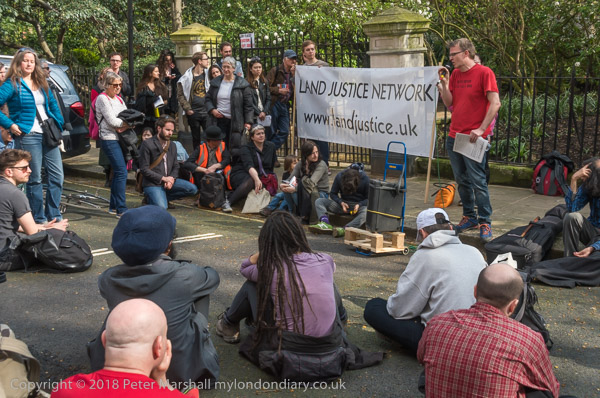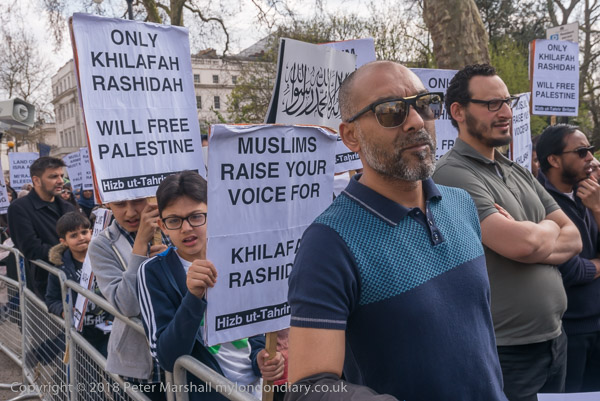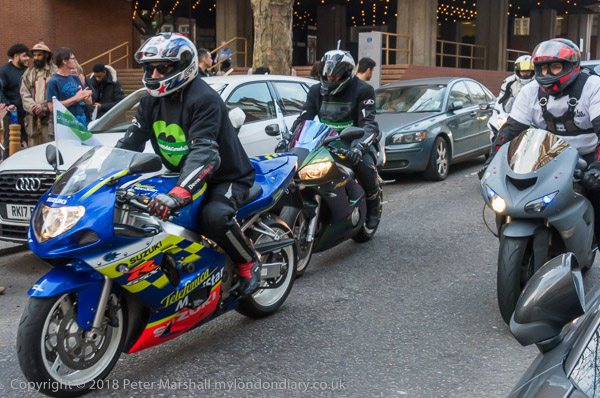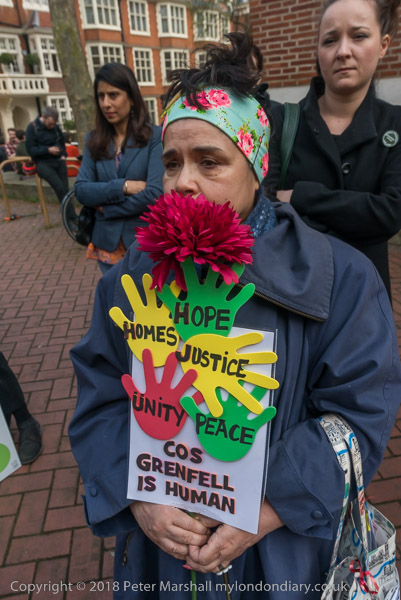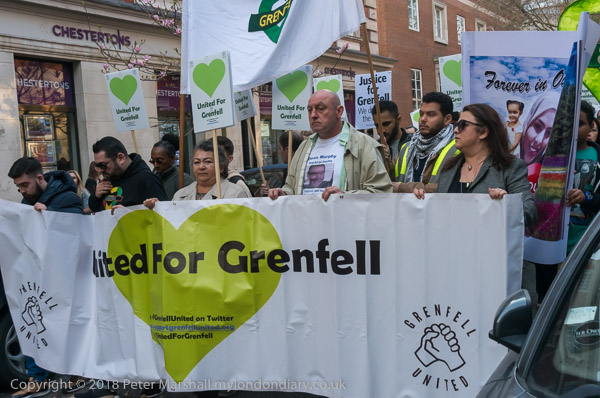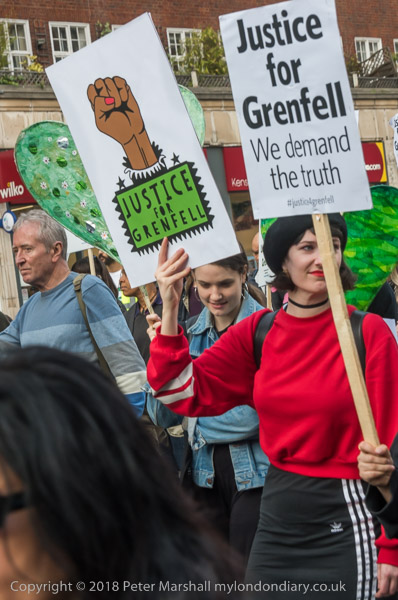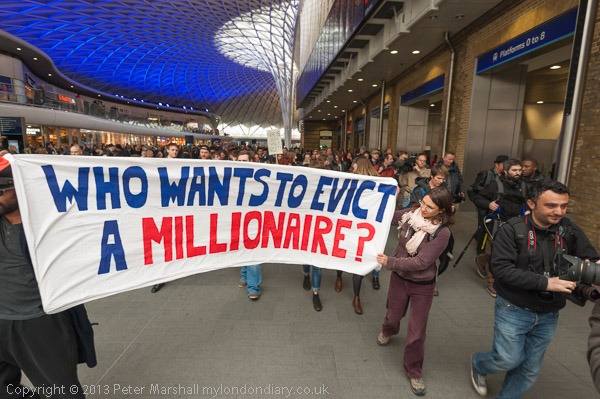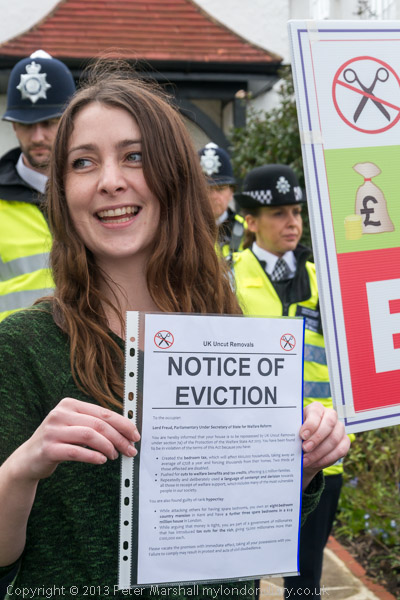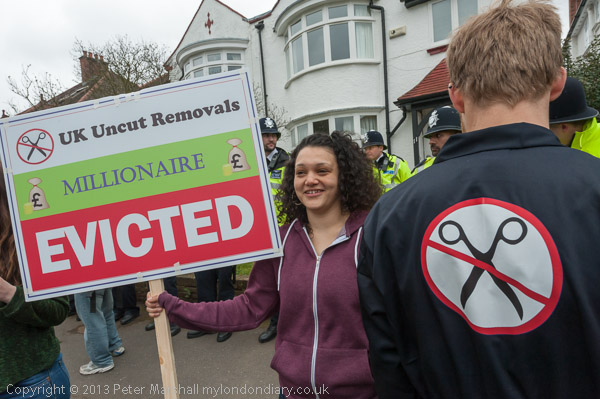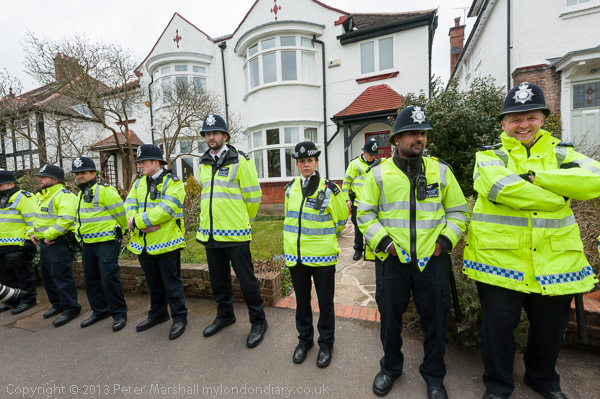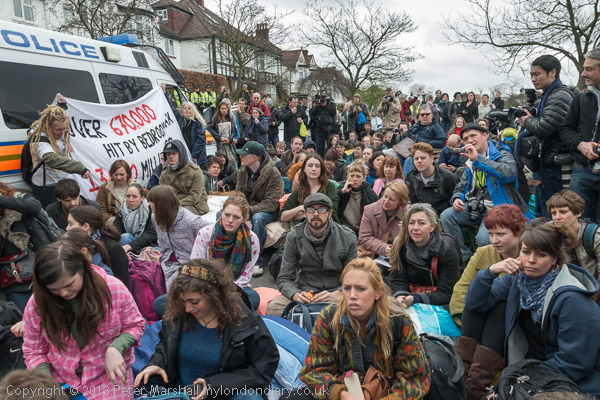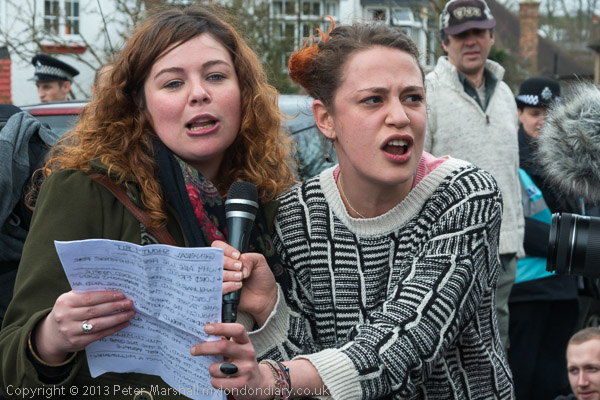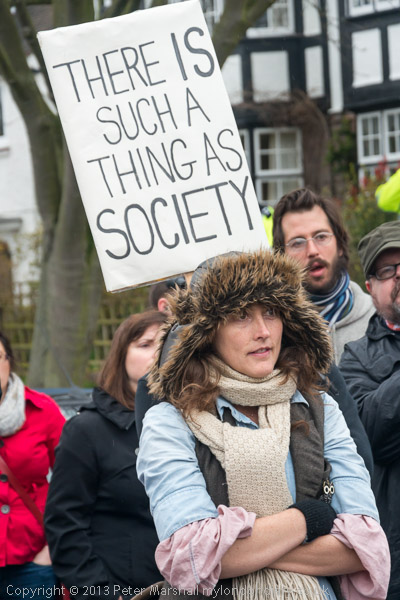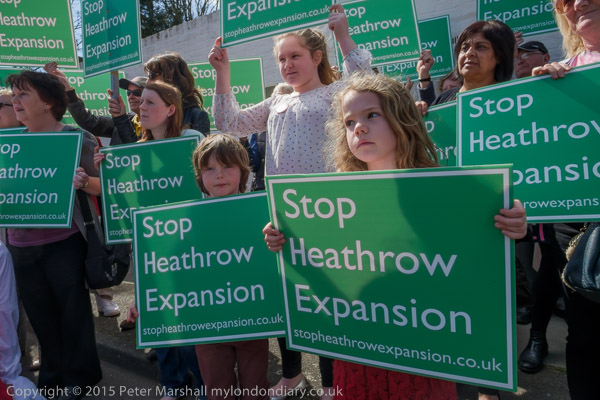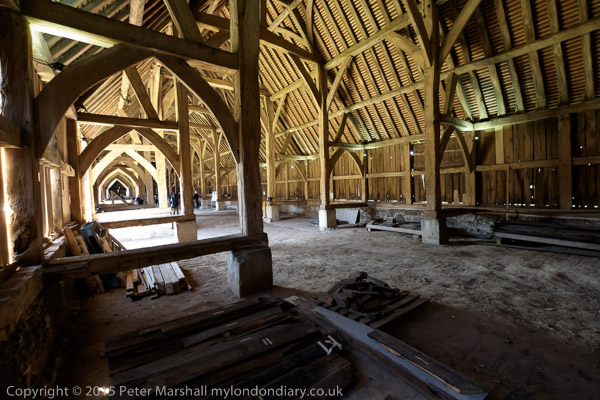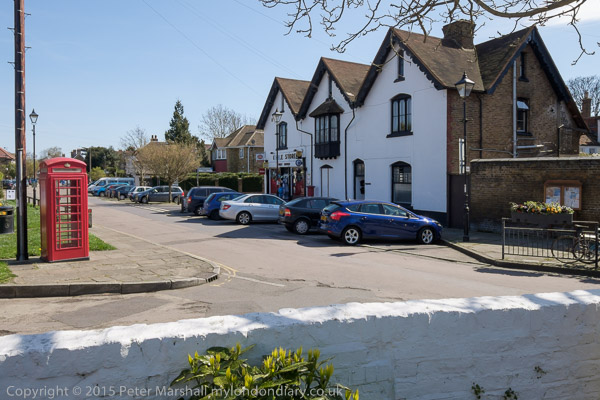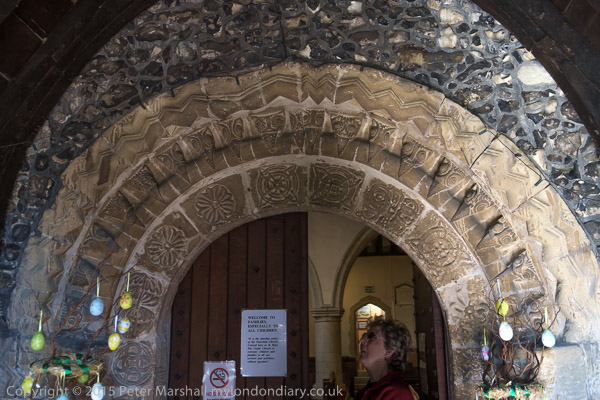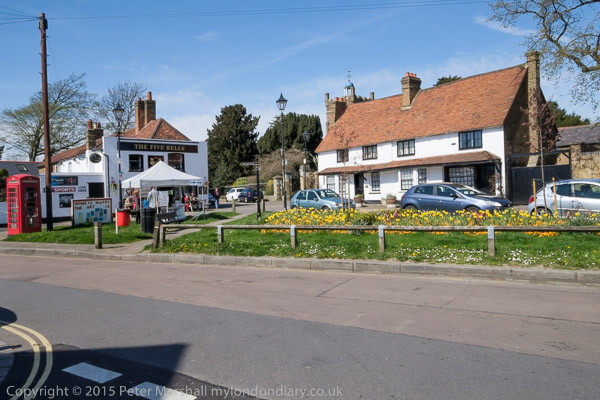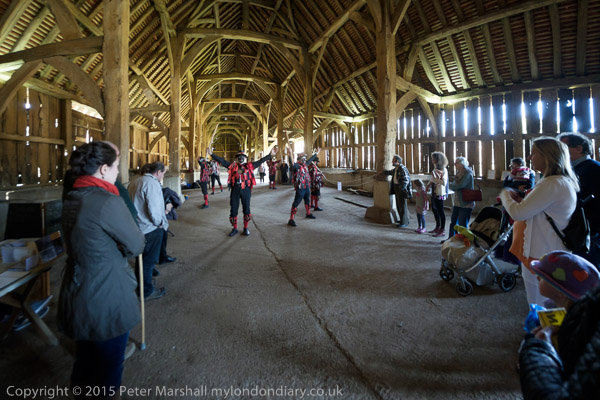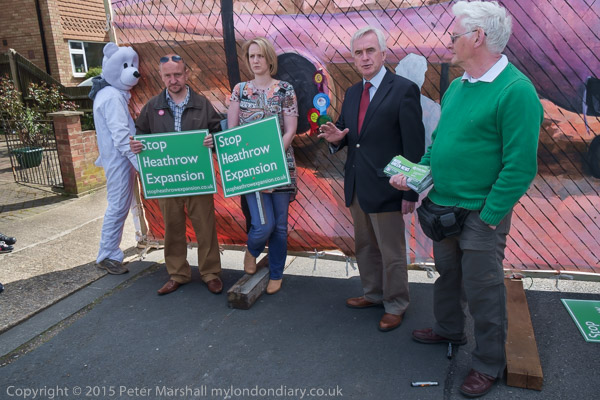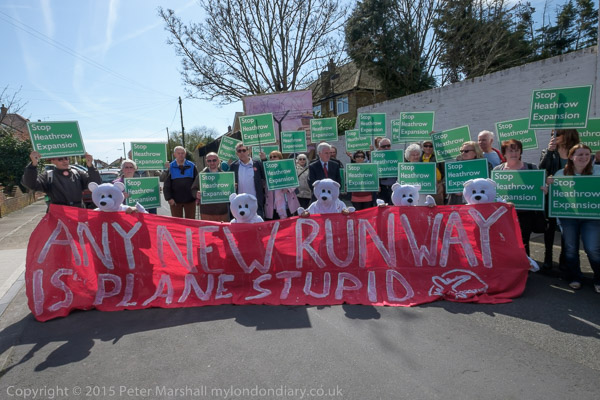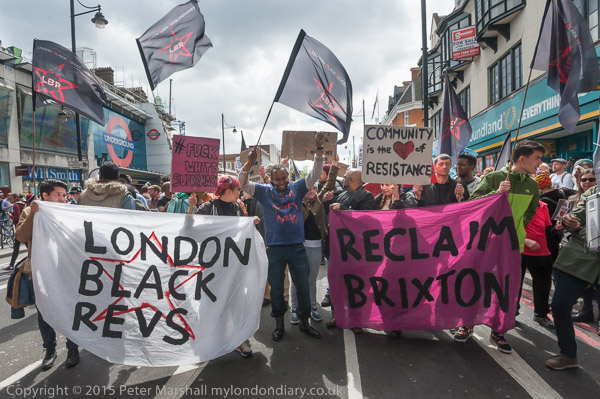
Brixton has been in the news again recently, with various analyses published on the 40th anniversary of the 1981 Brixton uprising (aka Brixton riots) which began on 10th April. Official reports put the 3 days of unrest which caused £7.5m of damage and left almost three hundred police (and an impossible to estimate number of the local community) injured down to poor housing, unemployment, and police harassment.
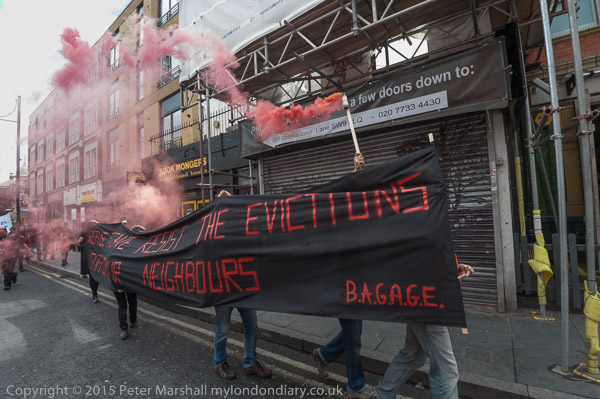
It was largely the actions of the police that led to the events. Their failure to effectively investigate the arson attack on a party in New Cross which killed 13 young black people in January 1981 scandalised much of the nation and the racist reaction of the mass media to a protest march about this raised tension, exacerbated by the police arrests of the march organisers who were charged with riot – and later acquitted. But the final straw was when police at the beginning of April began ‘Operation Swamp 81’ with large numbers of officers coming into Brixton and stopping an searching almost a thousand people – almost entirely African-Caribbean – under the ‘Sus law’, the 1824 Vagrancy Act which allowed police to stop and search anyone they believed was acting suspiciously.
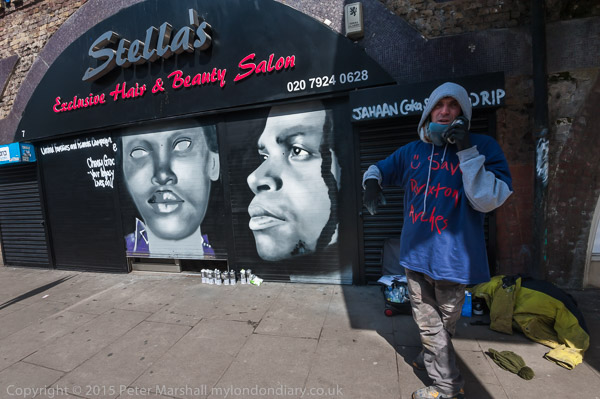
Little changed after the official reports came out, and it was only 19 years later, following another scandalous police failure to properly investigate the murder of Stephen Lawrence in April 1993 that the Macpherson report found that the Metropolitan Police was institutionally racist. Although some changes have been made, there are still plenty of signs that this continues to be deeply embedded in the ethos of the force.
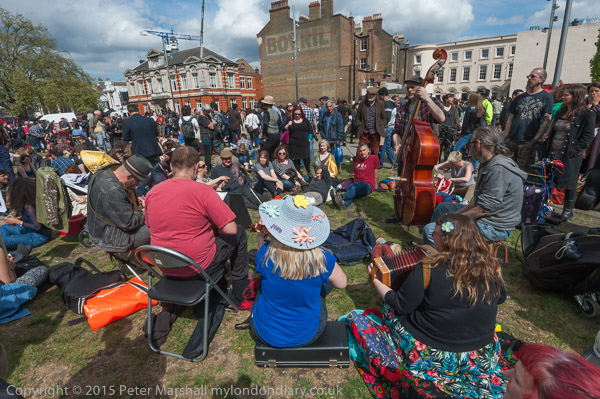
The publication of ‘The report of the Commission on Race and Ethnic Disparities’ on 31st March this year (2021) came at perhaps a particularly insensitive time for a report that is widely seen as a whitewash by a commission set up to reflect particular views. Set up in opposition to the protests by the Black Lives Matter movement over the death of George Floyd (and three weeks before the trial of his killer ended in three guilty verdicts) it evoked fury from many experts in the field as well as the millions who still experience discrimination.
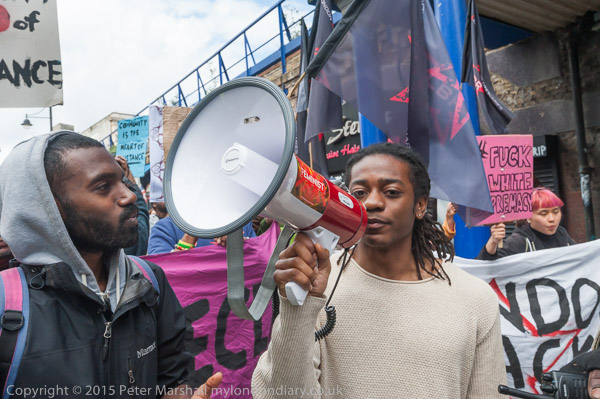
More recently is has been condemned in remarkably forthright terms by the independent experts of the Special Procedures of the United Nations Human Rights Council who state “In 2021, it is stunning to read a report on race and ethnicity that repackages racist tropes and stereotypes into fact, twisting data and misapplying statistics and studies into conclusory findings and ad hominem attacks on people of African descent” and call on the British government to categorically reject its findings.
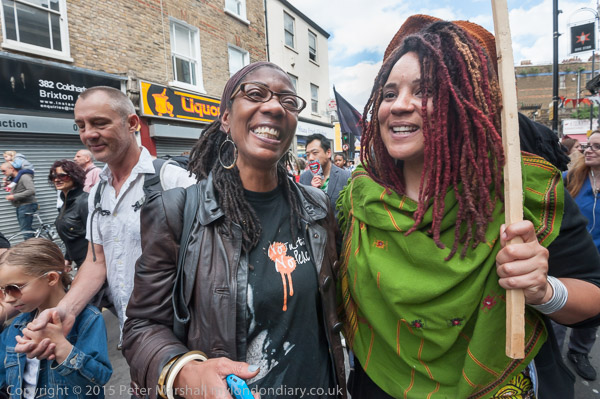
Brixton has changed since 1981 and some of those changes are very much for the worse for the local population. There were further riots, and there have been deaths at the hands of police – such as those of Ricky Bishop in 2001 and Sean Rigg in 2008 – but the main threat facing the local communities is gentrification as Brixton is changing from a working class area home particularly to migrant communities to a trendy up-market suburb. Its a change which is in part inspired by the vibrant communities which it is displacing, but also driven by the excellent transport links the area enjoys.
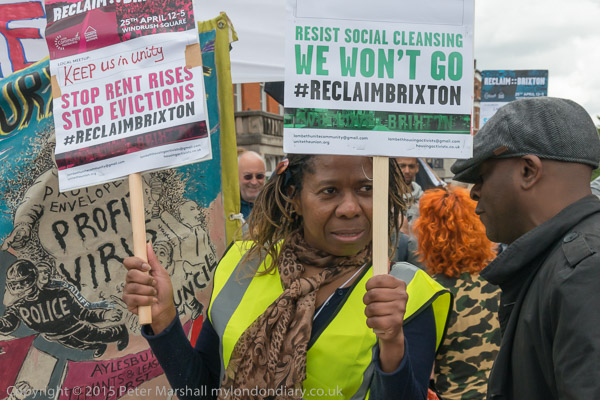
25 April 2015 saw Reclaim Brixton, a day long protest against gentrification which saw several thousands gathering at various events in what is still so far as I’m aware the largest protest of its kind. One major blow to local people has been the decision by Network Rail, backed by Lambeth Council to redevelop the railway arches in the centre of the town, home for many years to some of Brixton’s best loved – and cheapest – businesses. The current tenants, one of which came here in 1932 – are being evicted and after renovation the rents will be triple and their places largely taken by the same chains and franchises that we see in so many other high streets.
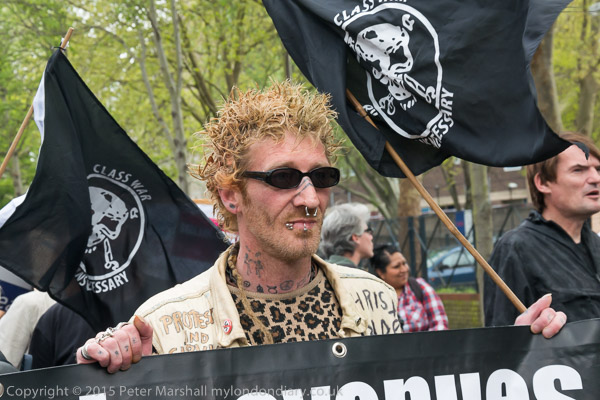
Soon after I left Brixton – in what seemed like a quiet period and I thought things had probably ended, activists took direct action against some of the major players they hold responsible for gentrification, breaking a large window Soon after I left Brixton – in what seemed like a quiet period and I thought things had probably ended, activists took direct action against some of the major players they hold responsible for gentrification, breaking a large window at Foxton’s estate agents, going into Brixton Village with their banners and briefly occupying Lambeth Town Hall.
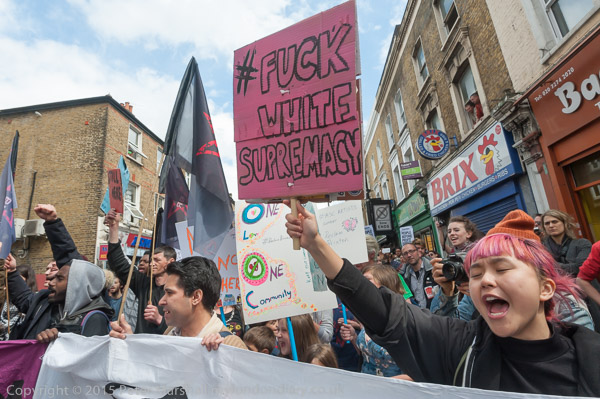
More at:
London Black Revs ‘Reclaim Brixton ‘march
Reclaim Brixton celebrates Brixton
Take Back Brixton against gentrification
Brixton Arches tenants protest eviction


